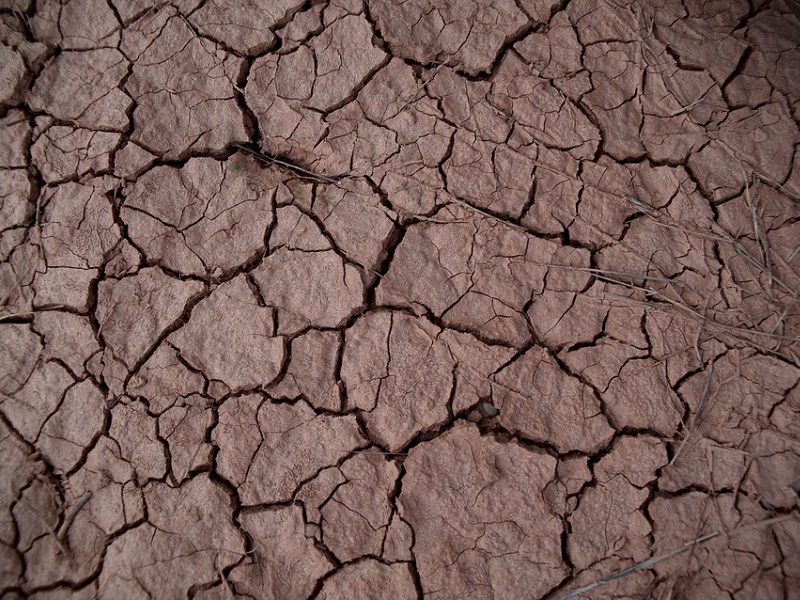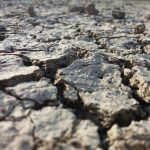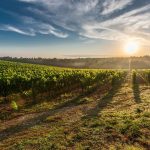The effects of the continuing drought are becoming more pronounced, with falling production and high input costs presenting serious challenges in many regions, especially in New South Wales and Queensland, according to the latest Agricultural Commodities report launched today.
Australian Bureau of Agricultural and Resource Economics and Sciences’ (ABARES) chief commodity analyst Peter Gooday, said the total volume of agricultural production is forecast to fall for a third-consecutive year, which hasn’t happened for more than 60 years.
“The value of agricultural production is forecast to fall by 3 per cent this year, but still remain high at almost $61 billion, supported by strong demand for livestock products resulting from the African swine fever outbreaks across Asia,” Gooday said.
“We’re expecting to see higher prices year-on-year for cattle, sheep, lambs, pigs and goats which will partly offset the decline in production.
“Winter crop production has been revised down after a challenging spring in many regions and the poor conditions will see continued turnoff of livestock—but production is expected to fall as fewer animals are available for slaughter.
“Fodder availability is likely to be higher in 2019-20 than last season and prices are expected to fall, but they are likely to remain well above average—a poor summer crop could add pressure to prices later in the year.
“The value of agricultural exports is forecast to fall by 8 per cent to $45 billion—the main drivers of this are lower crop and livestock production and a diversion of grain to the domestic market for feed and human consumption.
“While cropping can be expected to rebound quickly once seasonal conditions improve, the livestock sector will require a longer period for pasture to recover and begin herd rebuilding—the national cattle herd is forecast to fall to the lowest level since the early 1990s.”





















